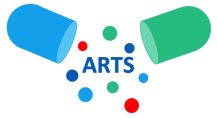Treatment
Page under development
Dictionary definition: medical care given to a patient for an illness or injury
Some questions and thoughts before you dip into the resources:
- What do you think patients’ expectations of treatment are?
- How easy do you find discussing the limitations and unwanted consequences of treatment?
- Doctors often find that not doing anything but using time and just waiting and watching is one of the hardest but more important skills to learn.
- What do you think of this quote? (I can’t recall who it should be attributed to) The treatment cured me but did not heal me.
The resources on this page are all about treatment. The next section has resources on recovery.
Self-care
Pills & Potions (pharmacology)
Surgery and Physical Interventions
Talking Therapy
Technology
Consulting and communicating virtually
The Machine Stops, by E M Forster
Imagine sitting at your desk tonight and writing a short story that one hundred years from now reflects the lived experience of those alive. That’s exactly what E M Forster achieved with his science fiction short story, The Machine Stops. Writing in 1909 Forster imagined the future and then revealed it to us in his story.
The main character, Vashti lives in an underground pod with all her needs catered for by the Machine.
The clumsy system of public gatherings had long since been abandoned. Instead, communication occurs virtually through the Machine.
…..the round plate that she held in her hands began to glow. A faint blue light shot across it, darkening to purple, and presently she could see the image of her son, who lived on the other side of the earth, and he could see her.
Does this sound familiar?
Even in Forster’s imagined world, he notes that the Machine did not transmit the nuances of expression.
I first read this book in the middle of the first lockdown and was amazed by Forster’s description of a Zoom-like technology. The parallels with life during the pandemic were not just the virtual communication but also the isolation and the process of experiences and consumables being bought to people and not vice-versa.
On re-reading the story there are two other themes that directly relate to our world today. Firstly, the reason why Vashti and fellow her citizens lived in underground pods- the surface of the world was no longer inhabitable (Forster does not mention climate change but it’s hard not to make this association). Secondly – a phrase that stands out as if written in bold,
There will come a generation that is beyond facts
Might we be this generation, where opinions have replaced facts?
Music
Surgeons often play music in theatre to relax or distract the patient and if the patient is asleep for their own benefit. At University Hospital in Geneva, music is part of the care plan for premature neonates. Three specially composed pieces are played through miniature headphones as part of a study aiming to understand how music affects the preterm brain. Early results are promising showing improved sleep-wake cycle and brain connectivity (from National Geographic 2019 Special Edition The Future of Medicine)
Biotechnology
I first discovered Amy Karle’s work at an exhibition at The Lowry in Manchester. I found it easier to understand her art and its potential as a resource in medical education by attending a seminar where she talked about her role at the cutting-edge interface of art and medicine. Amy describes herself as an ultra-contemporary artist whose work questions the impact of technology on humanity.
She works with medical researchers so she can use medical technology in her work. Her art enables us to imagine the medical application of technology but also helps us consider the ethical questions that might arise.
Artists do not have the same constraints as medical researchers; they are able to extend the scope of their work into the imagination unrestrained by possibility and legal and ethical considerations.
Amy’s website has is an amazing collection of art and informative talks that make great resources for medical education.
E.g. BBC 100 Women Amy Karle’s Keynote “The Future Human: Who will we become under the influence of technology?”
Take a look at the next picture. Why is it in an art gallery?
This is bioart. A process that uses a human cell to create a piece of art that is human in form.
What ethical questions does this raise?
You will have heard of the concept of a digital footprint and may think of this in terms of what you post on Facebook or TikTok. Amy intended her art to prompt discussion about what happens to people’s biological footprint after death.
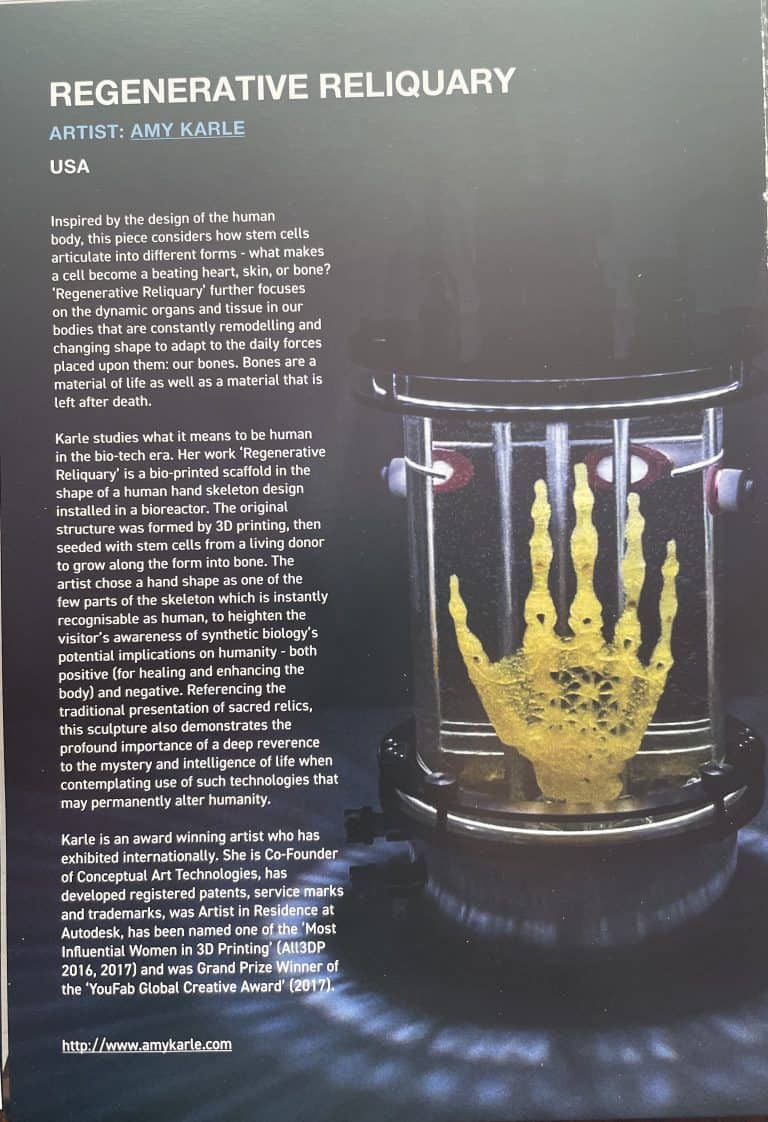
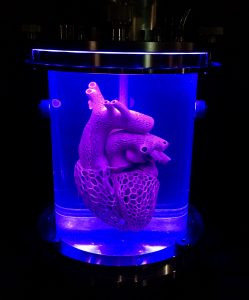
This exhibit captured my imagination.
Text accompanying exhibit
The Heart of Evolution? Explores the heart as both a vital organ and as the organ associated with deep emotional feeling at a time where biotechnology and humanity merges. The work considers how biomedical interventions can override natural selection and alter evolution, encouraging us to carefully contemplate the consequences for our future.
Amy’s work links directly to the next set of resources on future treatments.
Future Treatments
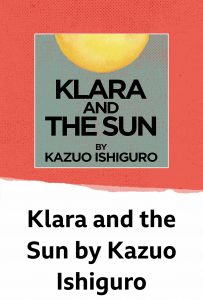
AI
This is a story about Klara. Klara is not human; she has been created to be an artificial friend. The story explores the world of human relationships as seen through her non-human eyes.
You maybe be familiar with Nobel Prize-winning author, Ishiguro’s work through reading or watching Remains of the Day, a unique view of the British aristocracy and their servants. I’ve always been astounded that Ishiguro who is Japanese could write such a perceptive novel. The power of his work is not in romanticising or politicising the underdog but in narrating the story eloquently from both perspectives. Social class may no longer be considered a prominent aspect of British culture today, but it still contributes in the inequity of opportunity. Many of his novels discuss the same theme of social apartheid e.g. in Never Let Me Go, he explores the lives of a group of children bred purely for their organs.
In my naivety, I’ve always associated AI with robots in human forms, like Klara, created to undertake human tasks. This view was dispelled by listening to the 2021 Reith Lectures and the associated radio series Rutherford and Fry – Living with AI (both on Radio 4 and worth listening to on BBC Sounds). Stuart Russel argues that it is the things we cannot do as humans that we should be engineering AI to do, leaving people to undertake the interpersonal care that is what being human is all about.
Have you ever considered how much AI is already woven into your life?
You might think that AI is neutral but there are numerous examples where biases introduced by programmers have the potential to influence many aspects of our lives from shopping, job interviews and if we use dating Apps, who we chose as a life partner.
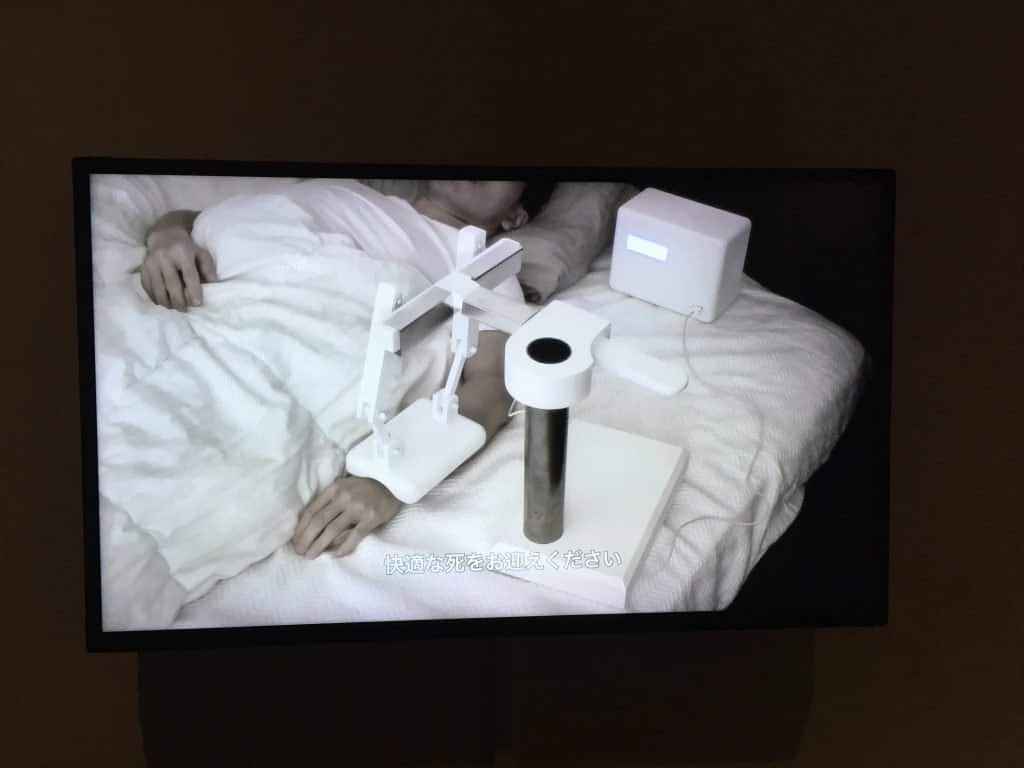
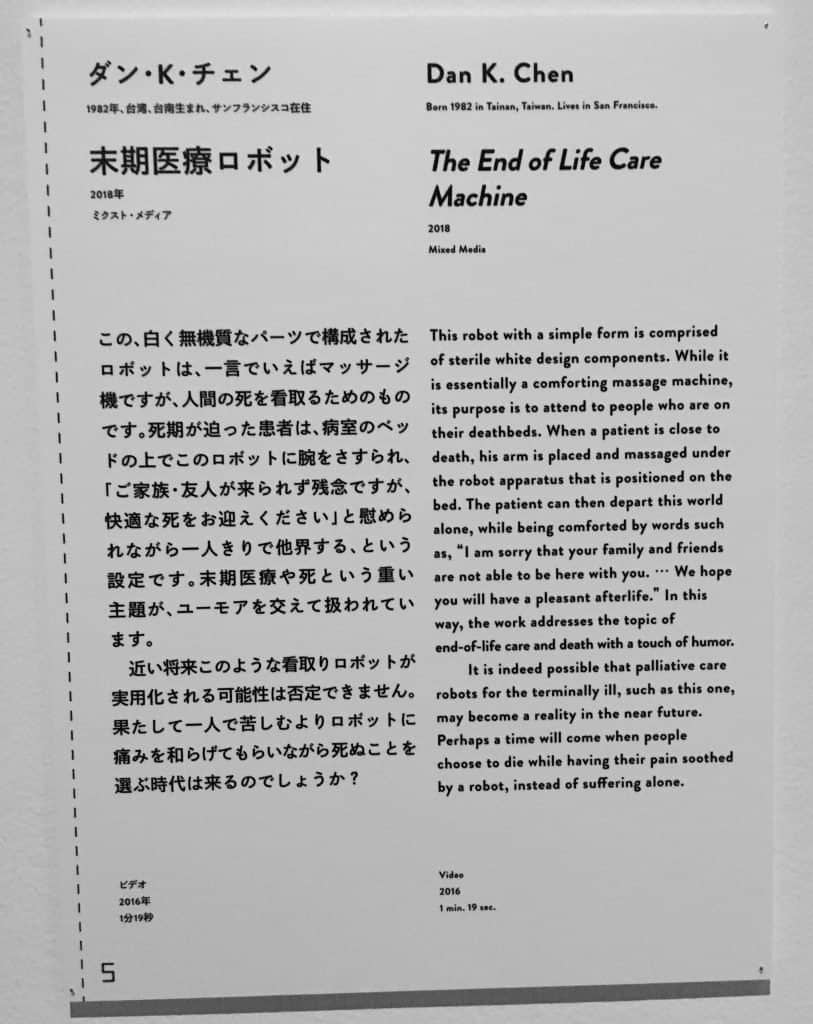
What are your thoughts about these pictures that I took at an art exhibition exploring the interface between art and scientific advances?
Historical Treatments
Lorem ipsum dolor sit amet, consectetur adipiscing elit. Ut elit tellus, luctus nec ullamcorper mattis, pulvinar dapibus leo.
Page created January 2023
